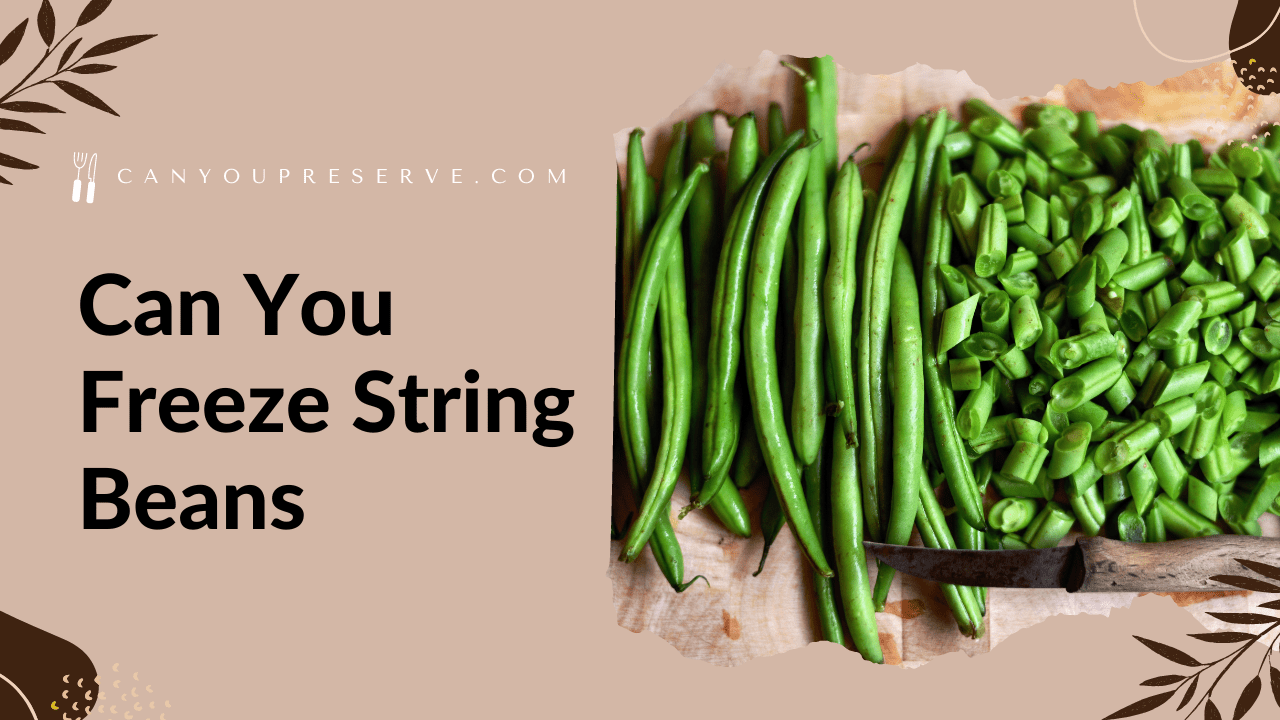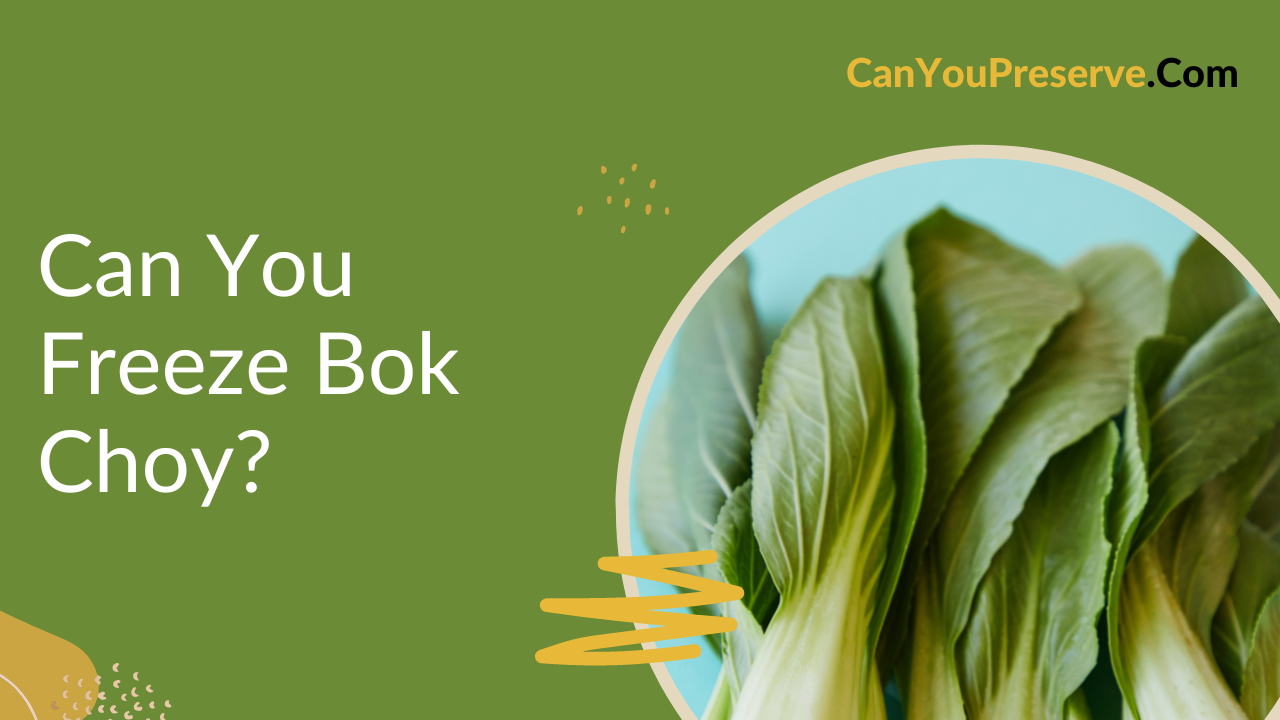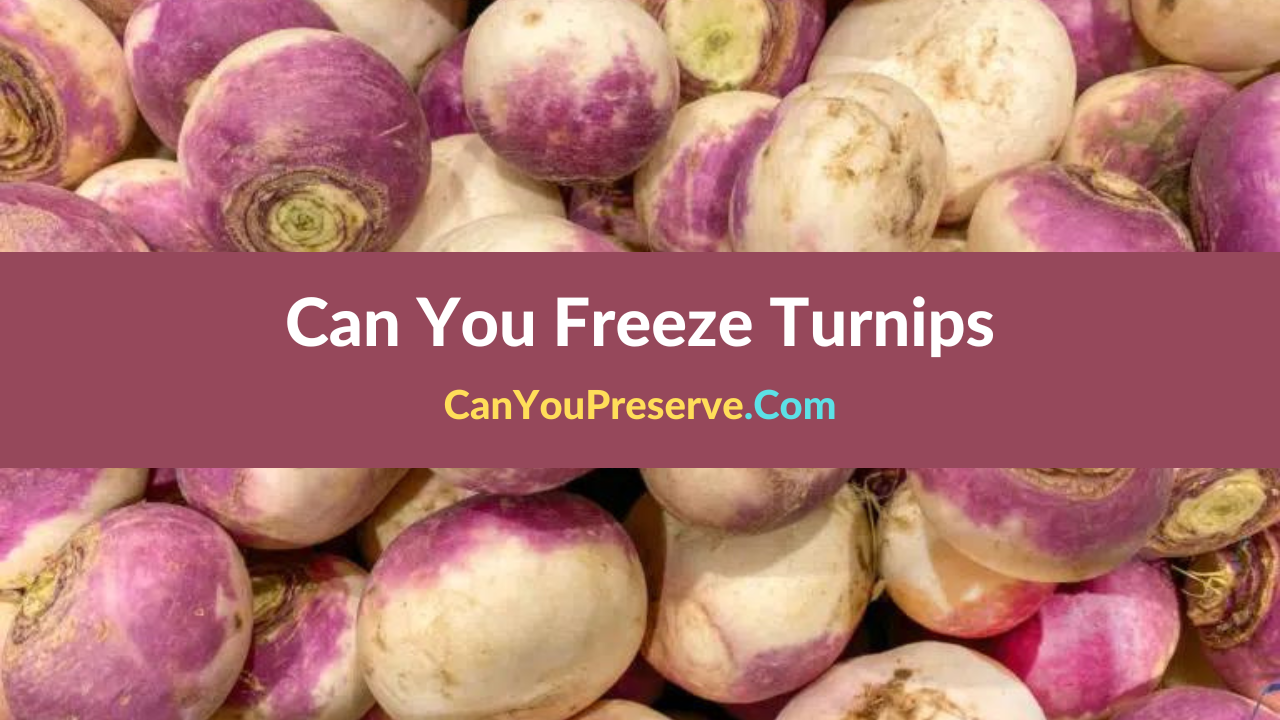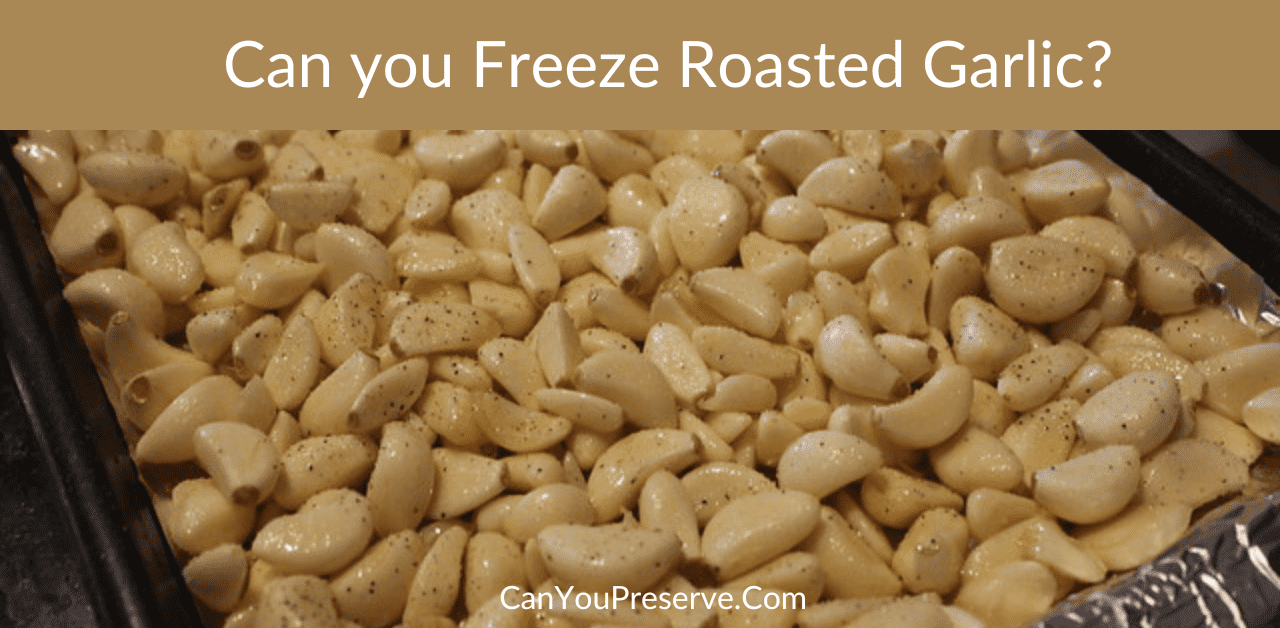Can you Freeze String Beans?: String beans, or green beans, as they are more popularly called, can be one of the most versatile ingredients in your kitchen. They make for delicious additions to soups, and broths, as well as full-fledged dinner recipes. And, to ignore their nutritional value would be folly on our part.
But, all said and done, finding fresh beans of premium quality can be tough, and storing them thereafter, even tougher. A simple solution would be to freeze them. Is that possible, can you freeze string beans fresh and cooked? Let’s find out.
- Can You Freeze String Beans From The Garden?
- How to Freeze String Beans? | How To Freeze Green Beans
- How Long Can You Freeze String Beans?
- How to Thaw String Beans After Freezing Them?
- Tips and Tricks For Selecting the Right String Beans for Freezing
- FAQs on Can You Freeze Fresh Green Beans Without Blanching?

Can You Freeze String Beans From The Garden?
Yes, you can freeze string beans. In fact, freezing string beans for the purpose of storing them in the long term is one of the best things you can do for your cooking recipes and convenience in the kitchen.
All the more worthwhile is the fact that string beans, when frozen, can actually be stored safely for almost a year, without the veggies losing their nutritional value and taste, and flavor. Now that we have that out of the way, we can get down to brass tacks and actually understand how to freeze string beans properly and effectively.
Do Refer: Can you Freeze Runner Beans
How to Freeze String Beans? | How To Freeze Green Beans
The process of freezing string beans involves 5 major steps. The first step is, obviously, to wash them thoroughly. The second step would be to cut off the ends of all the beans. The third step is to chop them up into sizes per your cooking preferences and recipe needs. The fourth step is to Blanch them. And then the fifth and final step is to store them in plastic baggies or containers in the freezer.
- Wash the string beans thoroughly.
As with all farm produce, washing string beans before you begin to prepare them for storage is the obvious first step. Simply placing these veggies under running water is not enough. You will have to thoroughly rinse them with your hands, and if possible, a food-grade vegetable cleansing solution.
This is your best and safest bet in getting rid of any pollutants, chemical residue, and pesticide residue that rest on the surface of string beans. After washing the vegetables thoroughly, proceed to the next step.
- Cutting off the ends of string beans.
Now, before you go on to blanch the beans, you must cut off the stem end of the bean compulsorily. The reason is that this portion of the vegetable attaches to the stem of the plant and this part of the veggie may not be very savory. You can also choose to chop off the other end of the vegetable. However, even if you choose not to do so, it would be perfectly alright. Chopping the tail end of the string bean will only give you a refined aesthetic but no nutritional or functional benefit.
- Chopping string beans as per your preference.
This step is all about your preference. There is no recommended manner or size for chopping beans. So simply use a knife and chop them up the way you’d want to use them in whatever recipes you wish to prepare. Small, long, unchopped, sliced, any way you want. Go nuts.
- Blanching the string beans.
Blanching your fresh string beans is a non-negotiable step in your quest to freeze them for the long term. If you don’t blanch string beans before freezing them, you’ll simply end up with dried-up, flavorless, and nutritionless string beans when you finally take them out of the freezer.
Here is the process of how to blanch green beans to freeze them:
In order to blanch them properly, you will have to boil water, put a handful of salt in the boiling water, and then add your string beans to the boiling water. You should only cook the beans till they become tender. That will take roughly 3 minutes in the pot of boiling water.
Once you’ve done that, you need to strain all the water and separate the beans into a different containers. Now, the next step is to fill a bowl with ice cubes and then empty the boiled beans into the bowl. Only after the beans have cooled down to a normal temperature you can proceed with the next step of actually storing them.
- Freeze the string beans for storage.
The final step is to finally freeze the beans. But first, you must pack them properly. You have two options to choose from in regard to this – you can either vacuum seal them in plastic bags or zip lock them, or you can directly store them in an airtight container.
If you choose to store them in plastic bags, then make sure you squeeze out all the air from the bag. If, however, you choose to store them in containers, then you must pack them in a compact manner and leave about half an inch of space between the lid and the string beans. This will ensure that the beans stay fresh regardless of how long you store them.
How Long Can You Freeze String Beans?
String beans can be frozen and stored for a minimum period of 8 months. However, if you can follow the instructions for storing string beans after blanching and freezing them, as given above, you can extend the shelf life of the frozen string beans to almost a year.
Related Articles:
How to Thaw String Beans After Freezing Them?
In order to use the string beans after freezing, you will have to thaw them before you can properly use them as ingredients in your cooking. This is a fairly easy process and not something that requires any specific preparation as such.
- Simply transfer the beans from the plastic bag to a microwave-safe or heat-safe bowl and pour boiling water into the bowl.
- The water should submerge all the beans entirely.
- Once the beans have warmed up to regular temperature, use a sieve to drain all the water from the bowl.
- Now you can proceed to use the green beans in your recipe.
Tips and Tricks For Selecting the Right String Beans for Freezing
Now, we aren’t referring to the species of beans when we discuss this question. Rather, we are more focused on what qualities of string beans you should be looking out for while buying them at your neighborhood supermarket or your weekly farmer’s market. So, here are some tips and tricks for you:
- You are unlikely to get the best results if you use beans that are of poor quality or aren’t fresh, to begin with. Therefore, the first thing to remember when shopping for this veggie is to only pick out beans that are thoroughly green in color. If the beans have spots, unusual marks, blemishes, dents, or holes in them, it would be best to avoid them.
- Further, you should be buying only the freshest beans in stock. Buying fresh veggies ensures the presence of nutrients and flavor. So, you must avoid buying beans that are not shrunken or filled with lumps.
- Once you’ve factored in all of these qualities, the string beans that are now available for you to buy are the best type of string beans or green beans to freeze.
FAQs on Can You Freeze Green Beans Without Blanching?
1. Can you freeze pre-packaged string beans?
Yes, you can freeze pre-packaged and store-bought string beans. The entire process remains the same as far as freezing the beans and thawing them before using them is concerned.
2. Can you refreeze string beans?
While you can refreeze string beans after thawing them, it would be best not to. The reason is that every time you thaw beans, the beans lose a little bit of their crunch and flavor to the water they are thawed in. And after a couple of times of thawing the beans, they simply won’t be enjoyable anymore.
3. Do String Beans Freeze Well?
Yes, string beans freeze quite well. When frozen properly, string beans will not only retain their delicious flavor and nutritional value, but they will also last for a long time. And when you want to cook them, thawing them is also extremely easy.
4. Can you freeze string beans without blanching?
Yes, you can freeze string beans without blanching but only if you’re okay with losing all the nutritional and flavor value that string beans can add to your preparation. The simple fact is that blanching string beans will increase their shelf life while retaining their flavor and nutrient profile.
Final Words
Now, just a word of caution for you to remember. String beans can be stored safely while preserving their freshness and dietary value for about 1 year. This does not mean that they are immune to rotting before that. So, regardless of when you choose to actually use them, make sure that you check whether they have gone bad or if they are still edible.
You can also label them and store them according to the date that you’ve frozen them. That should make the process of using the older stock before the newer ones. And that’s it! Happy freezing guys. For more articles on whether can you freeze fresh vegetables, visit our website @canyoupreserve.com








